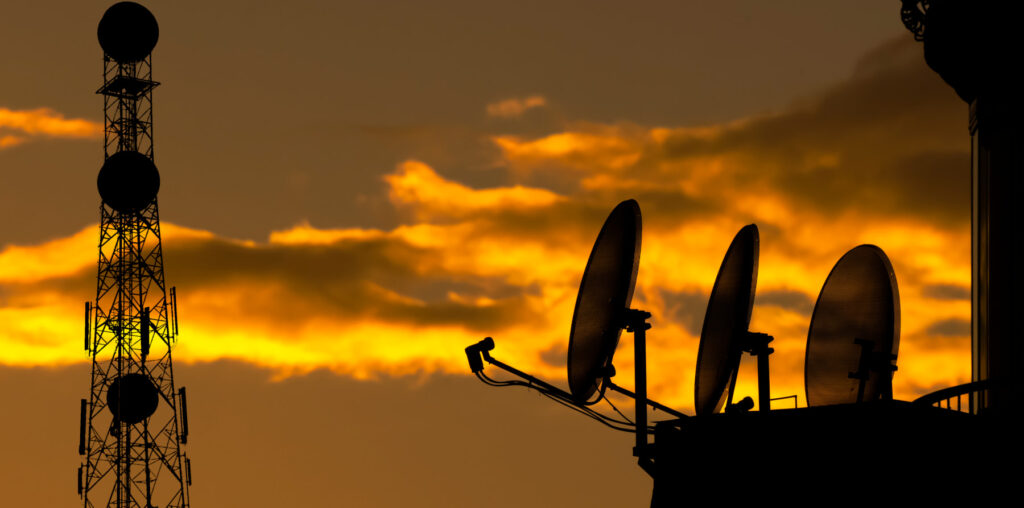Hughesnet Fusion vs. Starlink price comparison
One of the most common arguments for Hughesnet fusion is the lower cost when compared to services like Starlink. Hughesnet has always been one of the more affordable satellite options, directed toward underserved rural communities. Starlink, by contrast, has primarily marketed itself toward technophiles looking to be on the bleeding edge of internet technology—an attitude that is reflected in its much more complicated solution to the same technical problem.
Despite its different approach, the claim that Hughesnet fusion is the affordable alternative to Starlink is somewhat dubious. With the cheapest Fusion plan starting at $79.99 and moving up to $99.99 after six months, you’re only saving about ten bucks a month in the long run compared to Starlink. Once you add in equipment rental and additional price points, Hughesnet Fusion and Starlink seem pretty comparable on price.
There are still some important differences between the two in terms of pricing. For example, Hughesnet’s monthly equipment rental fee for its Fusion equipment is probably a lot easier for many households to deal with than Starlink’s massive upfront equipment cost, plus the promotional discount makes it even easier to get started. Still, if saving money is your primary motivation for getting Hughesnet Fusion, we don’t think that’s a good enough reason on its own to switch.
Hughesnet Fusion uses more proven technologies
A more compelling reason to choose Hughesnet Fusion over Starlink is that both GSO satellite internet and fixed wireless internet are technologies that have been around for decades, whereas LEO satellites are still pretty new to the scene.
To be fair, Starlink has managed to overcome the most daunting technological challenges to LEO satellite internet years ahead of its competitors. As a part of SpaceX, it was able to rapidly build its satellite constellation from its two initial test satellites in 2018 to 3,232 operating satellites as of November 2022.1 Despite its successes, Starlink faces problems as its network performance continues to drop—an issue that ultimately forced the company to abandon the unlimited data policy that it initially launched with.2
The bigger issue is less about how much Starlink knows about making good satellites and more about how much it knows about being an internet service provider. At the moment, Starlink is doing better at getting its equipment into orbit than it is at getting its equipment to customers in Massachusetts.3
Hughesnet, on the other hand, has been competently operating a globe-spanning digital communications network for 50 years. Hughesnet Fusion’s nationwide rollout is scheduled to be complete in just a few months, at which time people who signed up for Starlink this summer will likely still be waiting for their dish to arrive.
Hughesnet Fusion provides a more reliable connection than Starlink
A final advantage of Hughesnet Fusion’s hybrid approach is that your connection has built in redundancy to ensure a reliable online experience. All wireless communication is vulnerable to interference from weather, and satellite doubly so. Even if it’s clear skies on your end, heavy rain at the satellite ground station could still interrupt your connection.
With a system like Hughesnet Fusion, the wireless network can compensate for interference in your satellite connection and vice versa. This is still not as reliable as a wired connection like fiber, but it’s definitely one of the best defenses against service interruption you can get with wireless internet.

